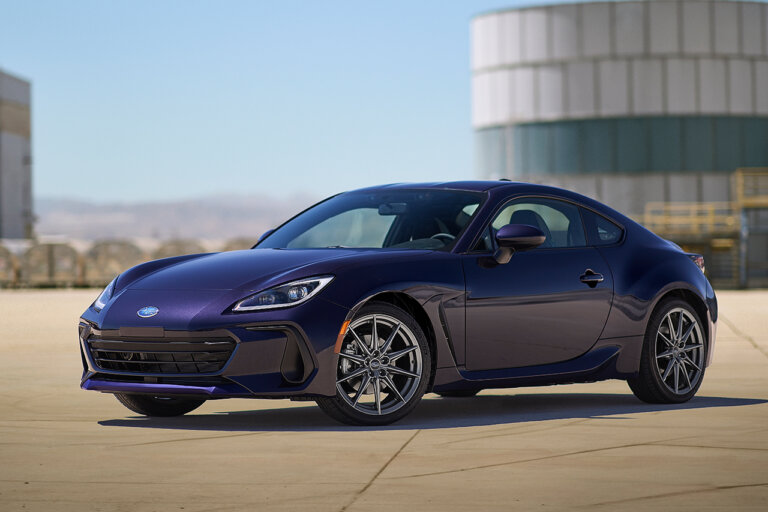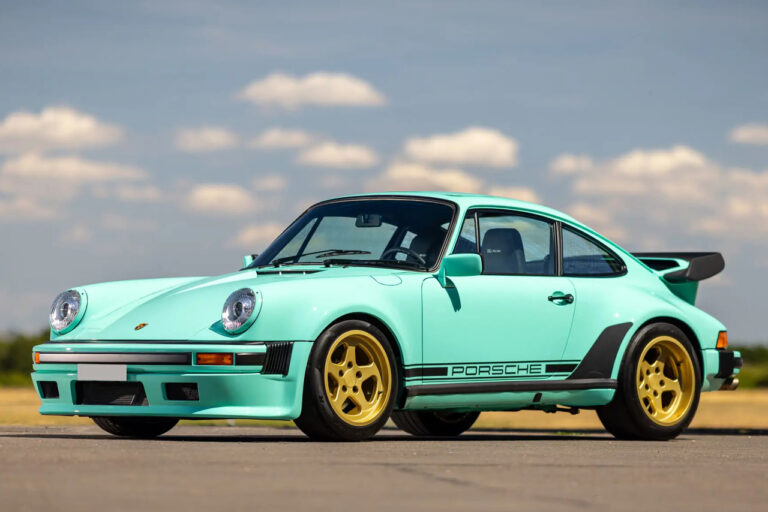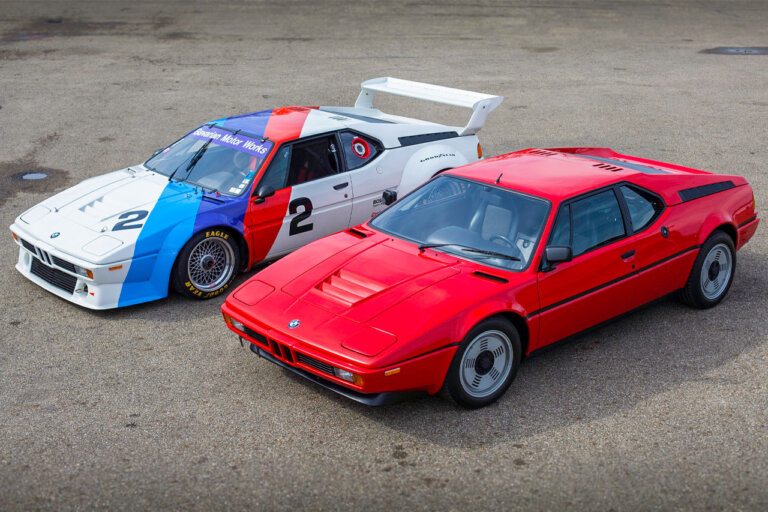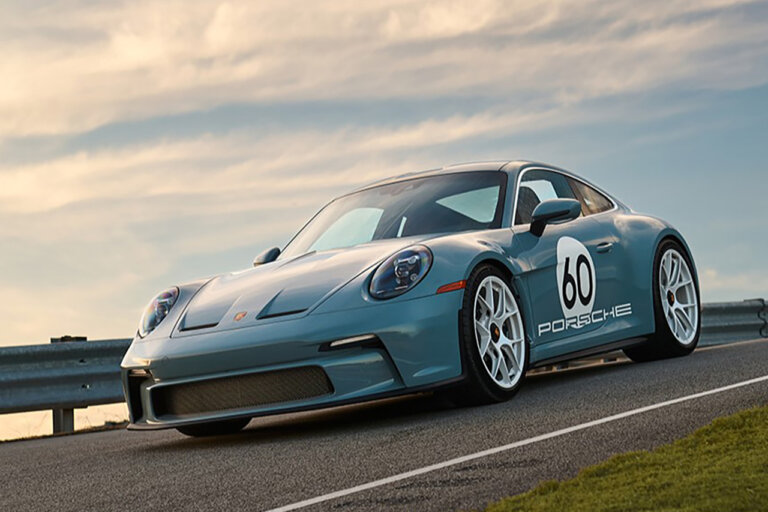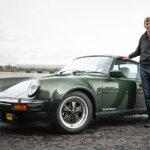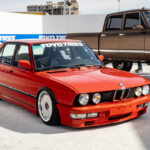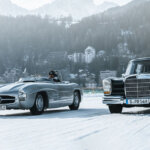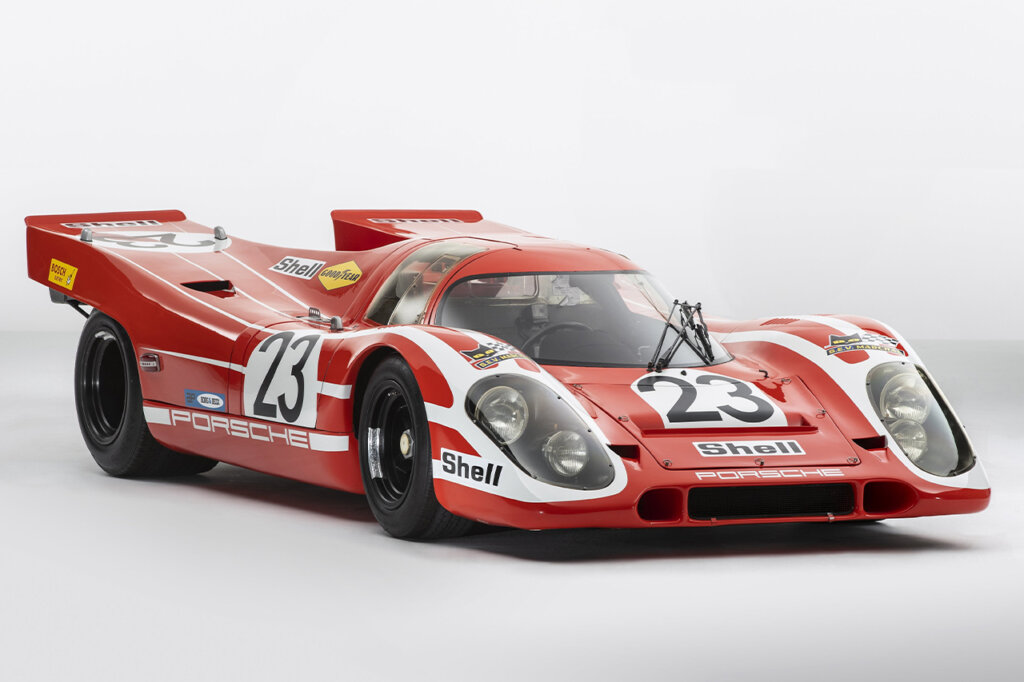
Photo Credit: Porsche
The 24 Hours of Le Mans was created not to see who the fastest was out on the track, but as a torture test to see who could last the longest while red-lining through as much of the race as possible. It’s a battle of attrition among the brands that participate, hoping to prove their engineering departments can create long-lasting sports cars. In this space, Porsche has become legendary for dominating certain decades and proving to be a formidable foe no matter the class. In particular, the following vehicles gained legendary status as champions of the 24 hour of Le Mans.
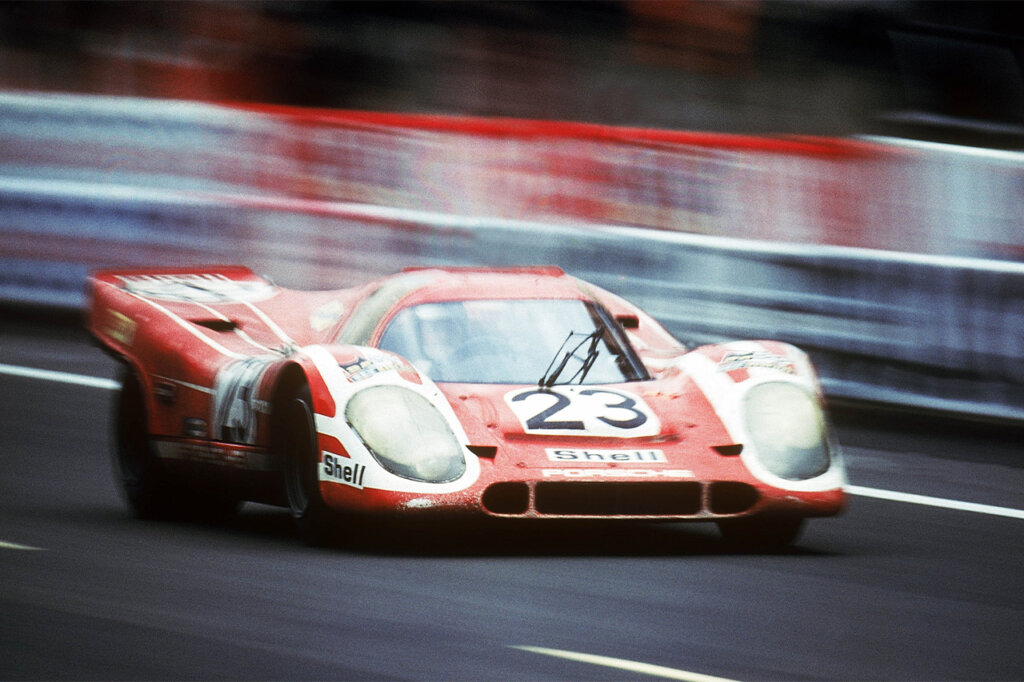
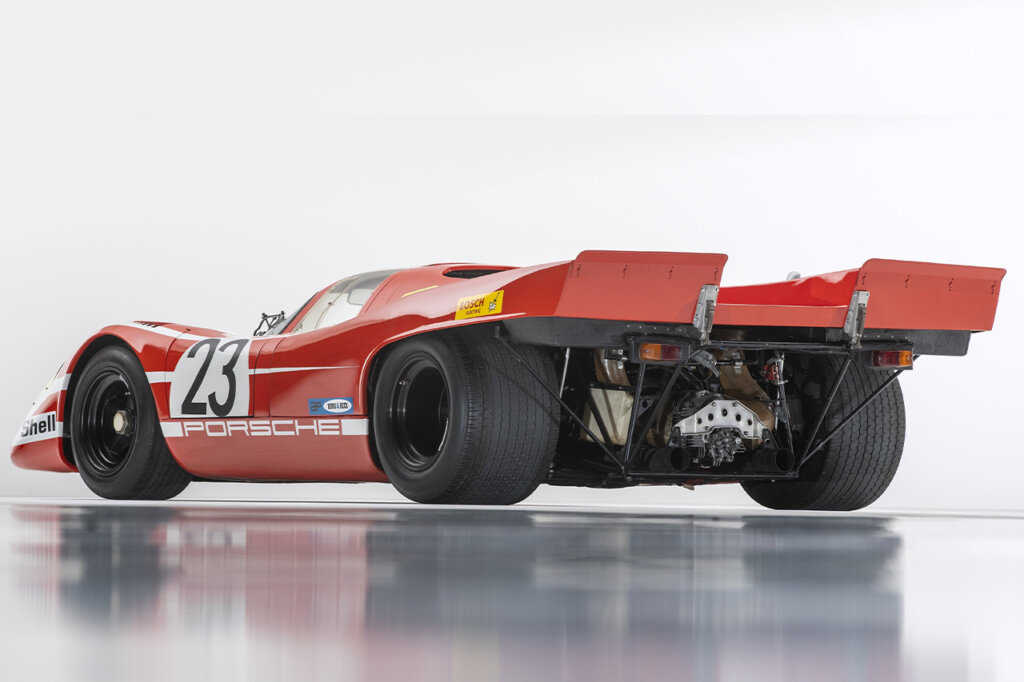
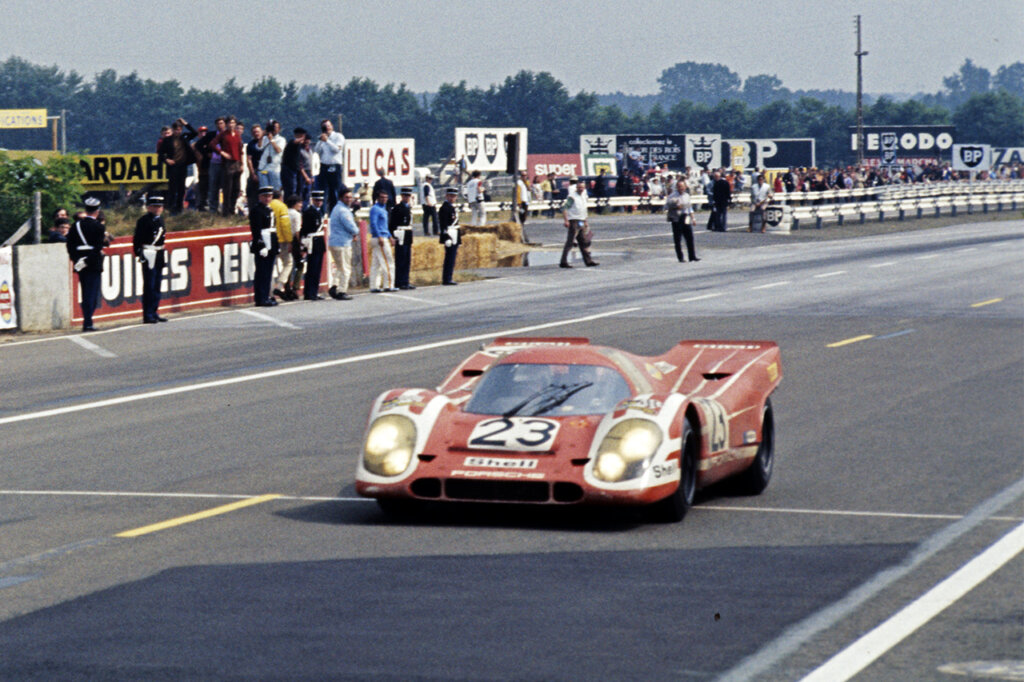
The number combination 9-1-7 came to be known on the racing world as the most famous Porsche number combination. The fastest, most powerful Porsche in 1970, this race car was built by the team in Stuttgart-Zuffenhausen for the under-5-liter class with an air-cooled 12-cylinder engine running at 580 HP when hitting 8,300 RPMs. Porsche Salzburg’s number 23 Porsche 917 KH driven by Hans Herrmann and Richard Attwood won the 1970 Le Mans after 343 laps, totaling 2,863.15 miles. Further cementing the Porsche triumph that year, the Martini Racing 917 LH driven by Gérard Larrousse and Willy Kauhsen took second, and the Porsche 908/02 driven by Rudi Lins and Helmut Marko came in third, completing the Porsche podium sweep.
| BUILD YEAR: 1970 |
| CLASS: Sports car |
| ENGINE: V12 (180°) |
| DISPLACEMENT: 4,494 cc |
| POWER: 580 hp (426 kW) |
| WEIGHT EMPTY: 1,763 lbs. |
| TOP TRACK SPEED: 211 mph |
| MOST IMPORTANT WIN: Le Mans victory 1970 |
| DRIVERS: Hans Herrmann, Richard Attwood |
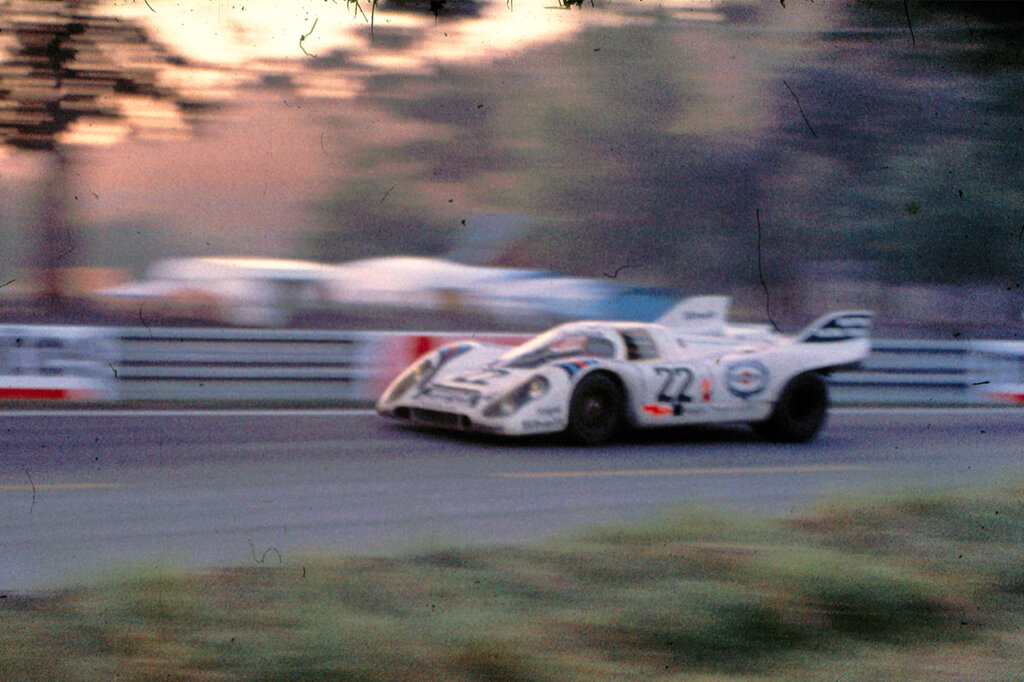
Photo Credit: Porsche
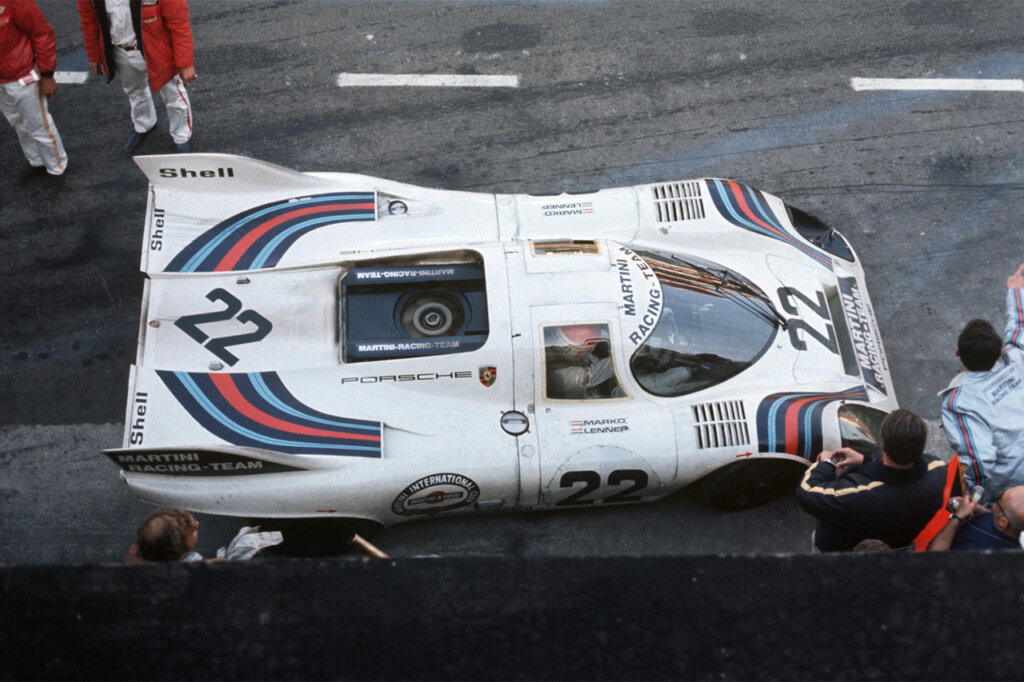
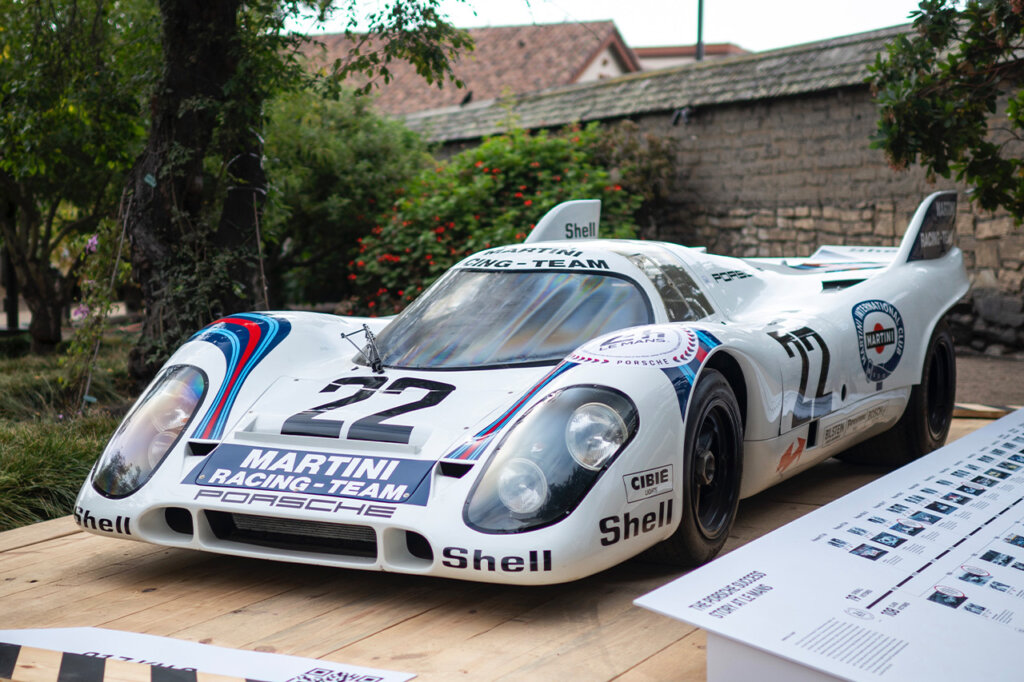
The following year, the 917 continued its win streak. Having proven itself last year, there were now 6 teams running the 917. In particular, the Martini Racing-Team 917 with the number 22 snatched the win with a 3,315 mile run with an average speed of 138.1 MPH. This 917 had the new “shark fins” which greatly improved the 600 HP car’s stability and reduced wind resistance by 11 percent. On top of the new aero, this was the first Porsche with a magnesium tubular frame to be used in a race. The reduction in weight meant that the team was able to reduce the 58-quart engine oil tank to a 21-quart one to improve the weight distribution and reach the required weight of 1,763 lbs. Drivers Gijs van Lennep and Helmut Marko would go on to set two records that would stand for 39 years, and also win the “Index of Performance,” an award for the lowest fuel consumption relative to engine size.
| BUILD YEAR: 1971 |
| CLASS: Sports car |
| ENGINE: V12 (180°) |
| DISPLACEMENT: 4,907 cc |
| POWER: 600 hp (426 kW) |
| WEIGHT EMPTY: 1,763 lbs. |
| TOP TRACK SPEED: 223 mph |
| MOST IMPORTANT WIN: Le Mans victory 1971 |
| DRIVERS: Helmut Marko, Gijs van Lennep |
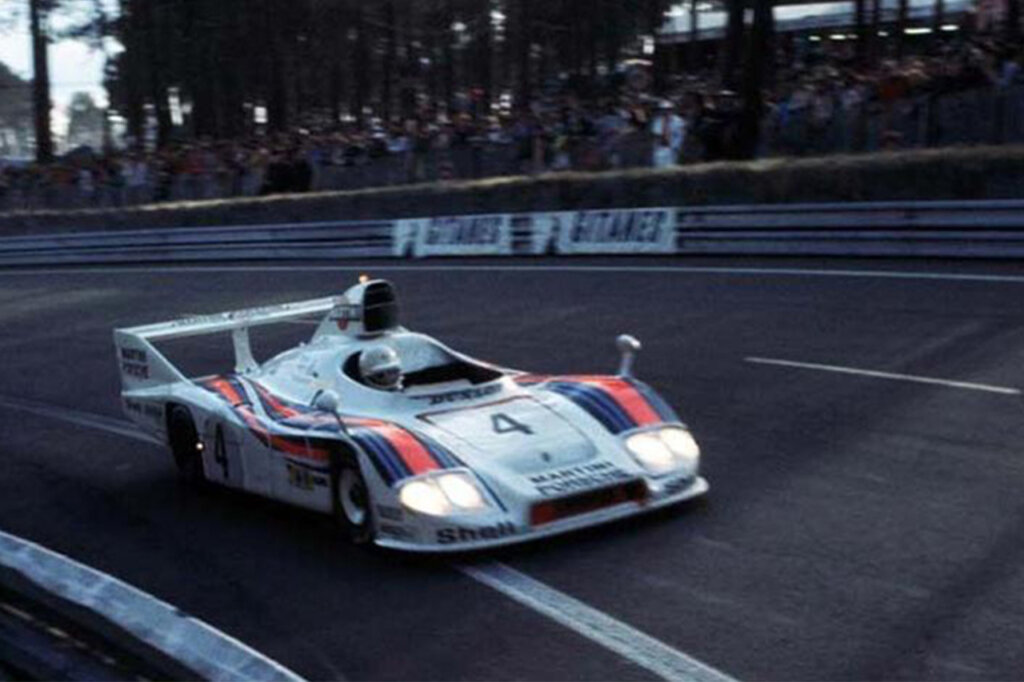
Photo Credit: Porsche
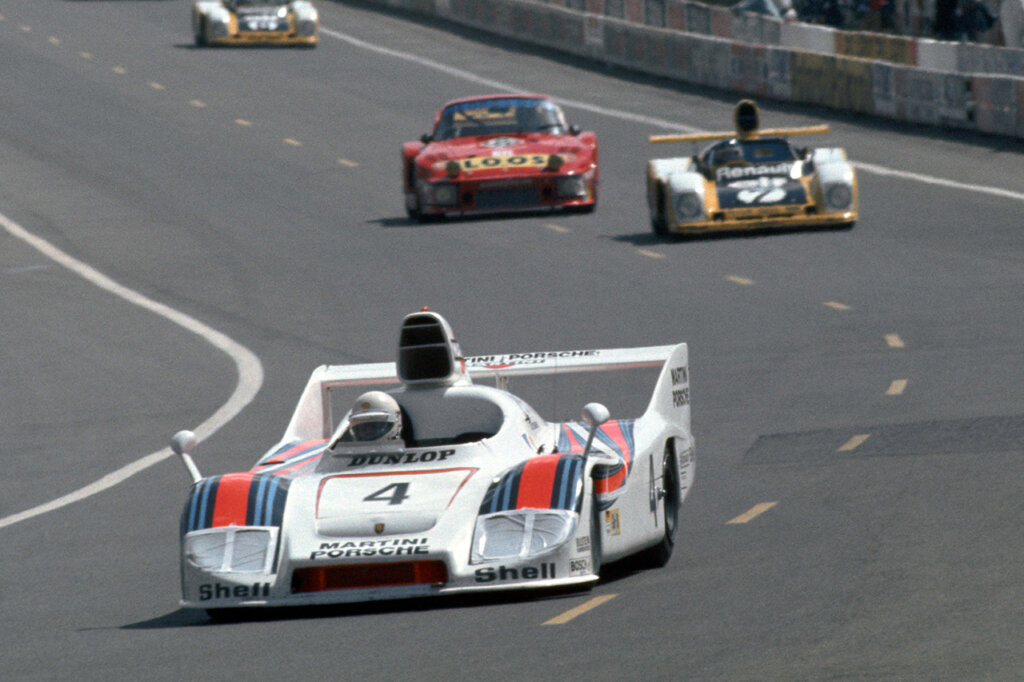
In 1976, Porsche also participated in the World Sportscar Championship (Group 6), immediately working in what would result in the Porsche 936 Spyder. It was an aluminum tubular frame covered by an aerodynamic plastic body, and powered by the 2.1-liter flat-six bi-turbo engine from the 911 Turbo
RSR with an output of 540 hp (397 kW). In June 1976, Jacky Ickx and Gijs van Lennep would drove the 936 Spyder to it’s first Le Mans victory. In 1977, Jacky Ickx, Jürgen Barth, and Hurley Haywood would again win the Le Mans, facing off against 6 factory Renaults. Then, in 1981 the 936 would celebrate its third victory.
| BUILD YEAR: 1976 |
| CLASS: Group 6 |
| ENGINE: Flat-six bi-turbo |
| DISPLACEMENT: 2,142 cc |
| POWER: 540 hp (397 kW) |
| WEIGHT EMPTY: 1,631 lbs. |
| TOP TRACK SPEED: 223 mph |
| MOST IMPORTANT WIN: Le Mans victories in 1976, 1977, 1981 |
| DRIVERS: Jacky Ickx, Jürgen Barth,Hurley Haywood |

